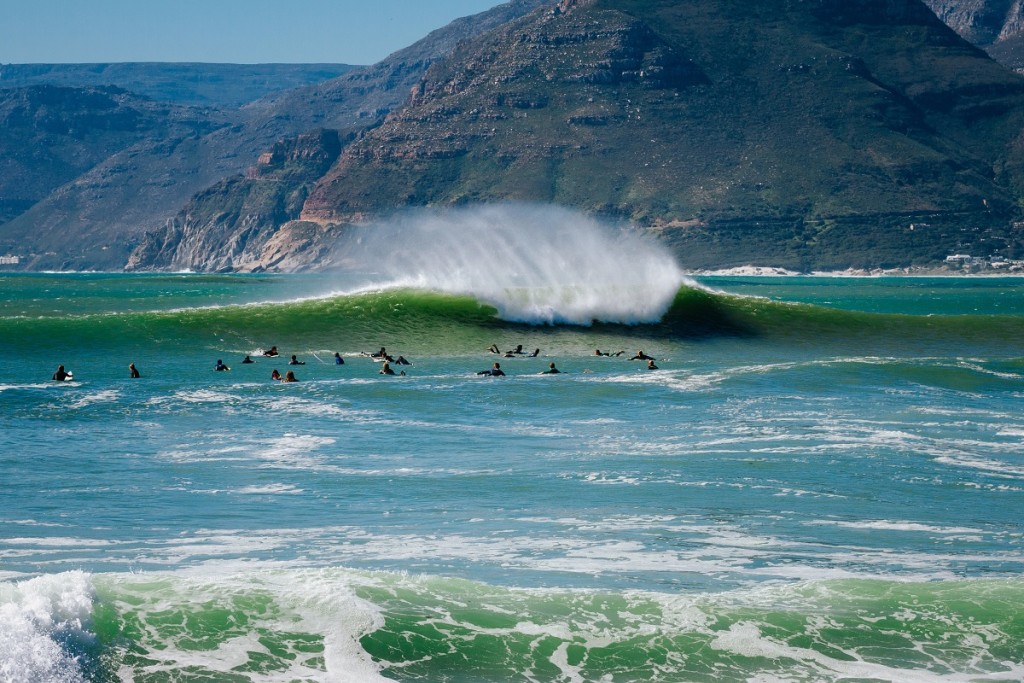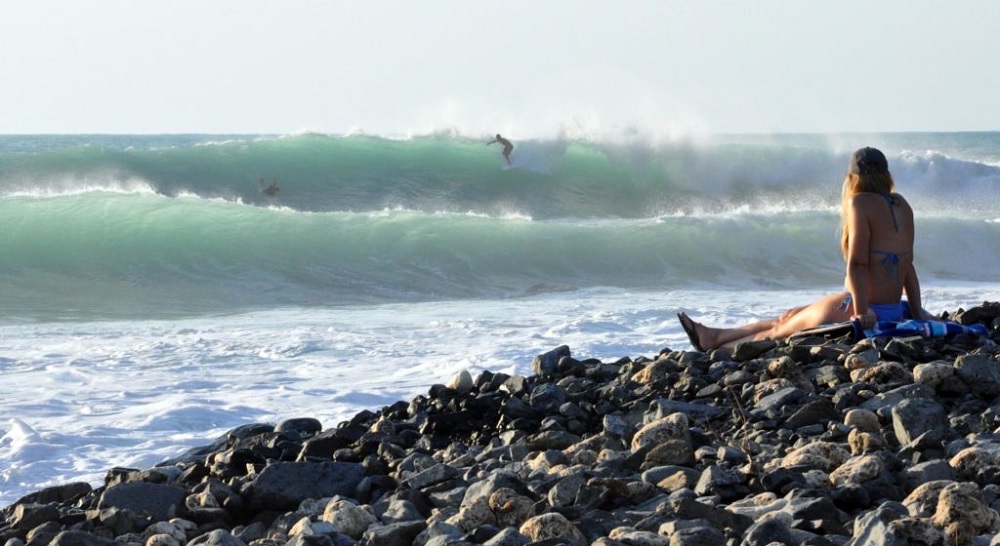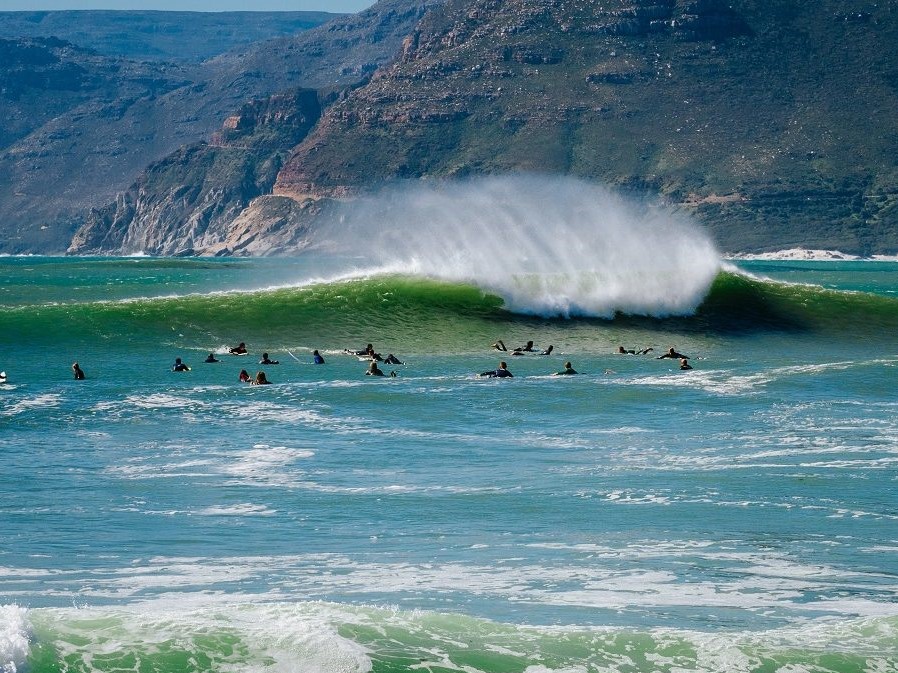The principle of onshore and offshore winds is simple, right?!? If the wind is offshore it’s blowing from the shore towards the sea, and if it’s onshore it’s blowing from the sea towards the shore – but what does that mean for surfing?
We’ve all been there…you’re searching for the perfect spot with a more experienced surfer and they completely write somewhere off because of the “totally gnarly onshore wind.” You enthusiastically nod in agreement, but really you have no idea how onshore wind has made any difference to that spot.
Not a problem. The Best Surf Destinations Team is here to help you understand onshore and offshore winds and how they can impact your waves.
Offshore Wind

Offshore winds can create some of the best surfing conditions. What an offshore wind does is delay the breaking of a wave. Most waves, for example, will break in the water at around 1.3 x their depth, but a good offshore wind can delay this significantly, creating a steeper face, a faster wave, and an overall better surf.
However, you can have too much of a good thing when it comes to offshore winds. If the wave height is small, and there is a strong offshore wind, it can actually cause the wave not to break at all. In the wrong spot, strong offshore winds can also cause waves to continuously closeout.
Onshore Wind

Onshore winds usually bring less than perfect surfing conditions. What an onshore wind can do, is cause waves to break earlier and in deeper water, reducing the steepness of the wave, making them slower and more challenging to catch.
Onshore winds can also cause waves to break and reform imperfectly creating choppy and un-surf-able waves – however, point breaks or steep beach breaks are mostly immune to this problem.
There can be an upside to onshore wind in some surf spots, first being that it can prevent closeouts and create peaks where none would otherwise exist. Secondly, with the general perception that onshore winds create poorer surfing conditions you will often find spots with the onshore wind to be less crowded – so with more peaks and fewer people you’ll have a much better chance of getting your fair share of waves *high five*
Enjoyed reading about onshore and offshore winds? Take a look at some of our other surfing tips here.
Disclaimer: This article contains affiliate links. We may receive a small commission if you make a purchase through one of these links. Please read our Affiliate Disclosure for more information.

